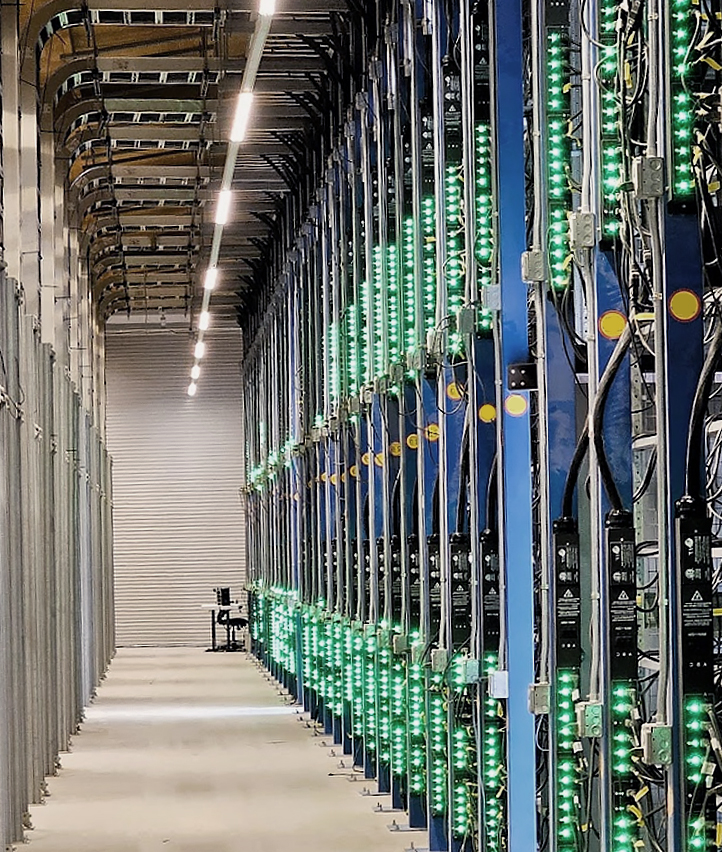
- About Us
- Services
-
Infrastructure Development
A full cycle of data center design and construction - from concept to commissioning.
-
Filtration Systems for Data Centers
We offer air and water purification systems that operate efficiently with minimal or no energy consumption.
-
Data Center and Computing Equipment Maintenance
Our solutions help prevent outages, optimize equipment performance, and improve energy efficiency-especially critical under high-load conditions.
-
Cooling Systems
Efficient solutions for cooling server rooms and data centers.
-
Thermal Systems for Data Centers
Design and install heating and ventilation systems, including energy-efficient solutions that operate with minimal or no electricity consumption.
-
Computing Equipment Repair
We provide comprehensive maintenance and repair services for computing equipment, including diagnostics, component replacement, and hardware upgrades to extend equipment lifespan and improve efficiency.

-
- Projects
- Contact






